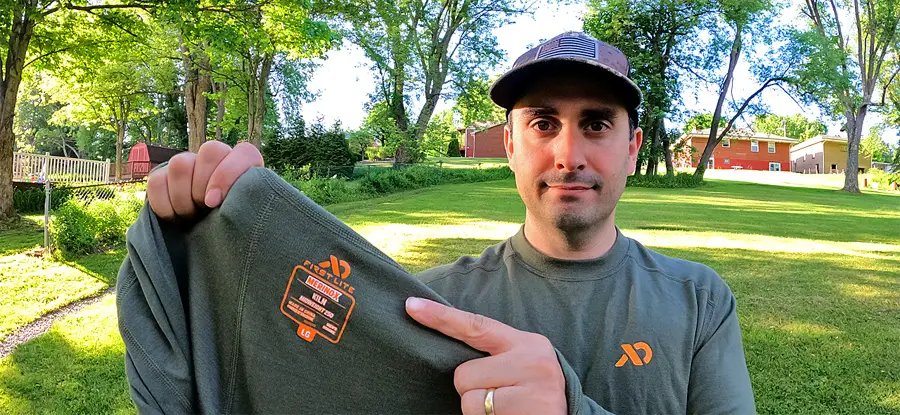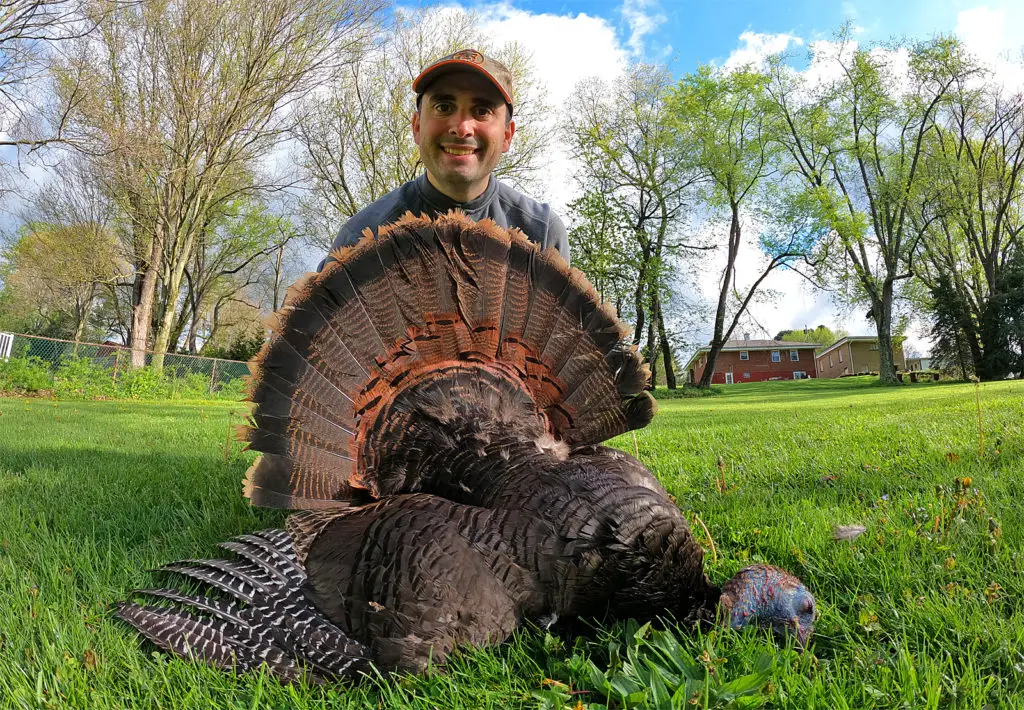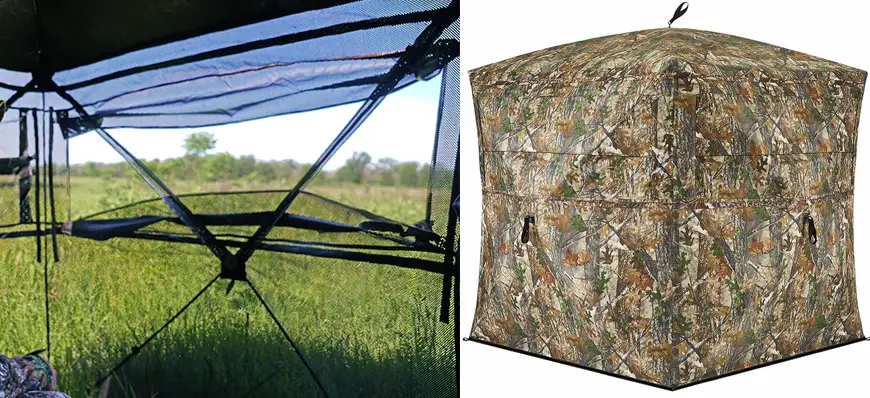Hunting rabbits is a fun and challenging pursuit that is great for hunters of all ages, and it provides an opportunity to hone skills that you will use for other types of hunting. On this episode I talk about how to find rabbits along with the guns, ammo, tools, strategies, and info you need to get out there and be successful in the woods.
Like hunting anything else, rabbits require certain core fundamentals:
Finding Rabbits
Scouting is the first priority. To hunt rabbits you need to find them. A nuance with rabbits is not just finding them, but finding a location where they live and are huntable. Since they are small ground animals, you need low brush and good visibility to be able to take one.
So you need to identify rabbit habitat, food sources, cover sources, and open areas for hunting. Even large hairs can easily disappear in grass or brush that is just a foot tall. Realistically you want to be able to see the ground to hunt them effectively.
Strategies
Rabbits are primarily hunted with a few strategies like sniping, walking and spotting, walking and flushing, and with dogs. There is no right or wrong way to do it. It depends both on your preferences and on the rabbit habitat available to you.
But contrary to popular belief, you absolutely can hunt rabbits successfully without a dog, A dog can help and make certain things easier, but unless they are well trained, they can also be a liability.
Firearms
The ideal weapons for rabbit hunting are a shotgun or rimfire rifle. People tend to debate if it should be a 12-gauge or 20-gauge shotgun. The truth is, you can load both shotguns to similar specifications for rabbit hunting, it makes little difference. Use whatever shotgun you have handy and focus on getting ideal loads for rabbit hunting.
Almost any rimfire rifle can also work. The 22 L.R. is the most common and works great, but you can use almost anything, just be mindful that you use loads that are not overpowered. Your average high velocity 22lr ammo is going be just fine. Ultra-high velocity is overkill, as are heavily loaded 22 magnum rounds.
Ammo
The main caution for rabbit hunting is to keep from using ammo that is overpowered. It can be easy to overly damage the meat at close to mid-range. It is also easy to spend way more money than you need. Light loads are often all you need. I recommend #7.5, #7, or #6 lead shot for rabbits. Often 1 to 1 1/8 ounce of shot traveling around 1100-1200 fps. That is all you need.
For 22 L.R. I think something similar to a 40-grain hollow point traveling at 1200 fps is plenty. There are rabbits after all, not coyotes. Higher power magnum loads are fine, but only necessary if you are taking long range shots. They can cause too much damage at 10 yards, but at 100 yards, they can be just fine. Knowing where you plan to hunt can help you make the best ammo decisions. Even subsonic bullets can be enough, here is a video I did on the subject:
Cleaning & Cooking
How you clean and cook a rabbit is less important than having a plan to do so. Spend some time watching videos and reading articles on field dressing and cooking rabbits. This way, when you bring home your first limit of rabbits, you will have an idea of what to do next.
This little step helps keep you from wasting game because you are not sure what to do and thus never get around to doing anything. Just having a plan can do a lot to help you take the next steps well.
Listen to the podcast episode to hear much more detail about how beginners can start rabbit hunting!




